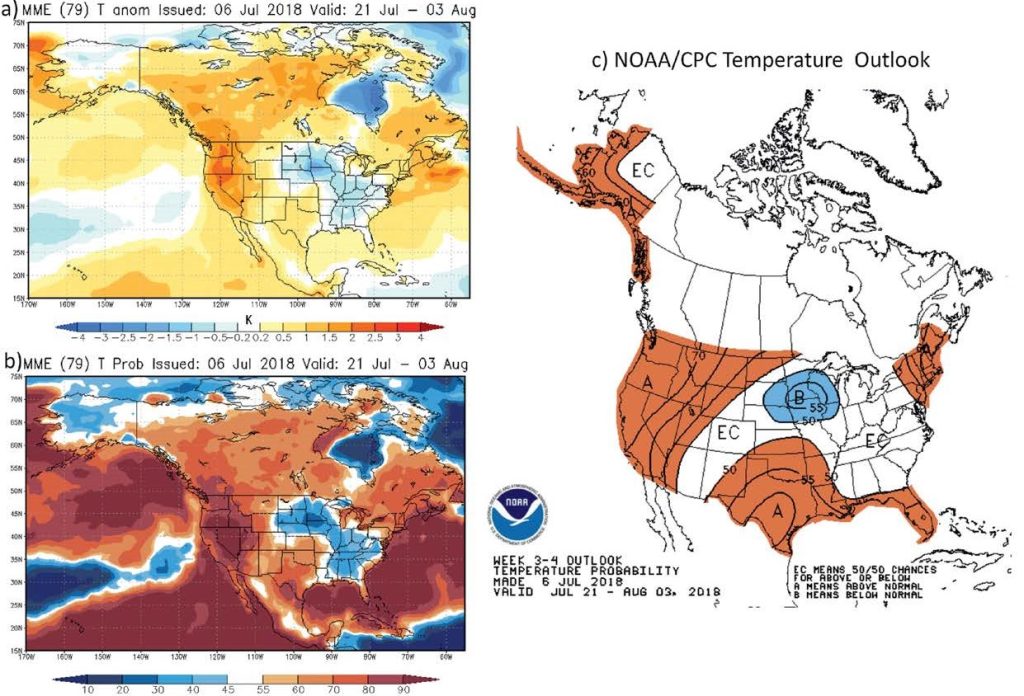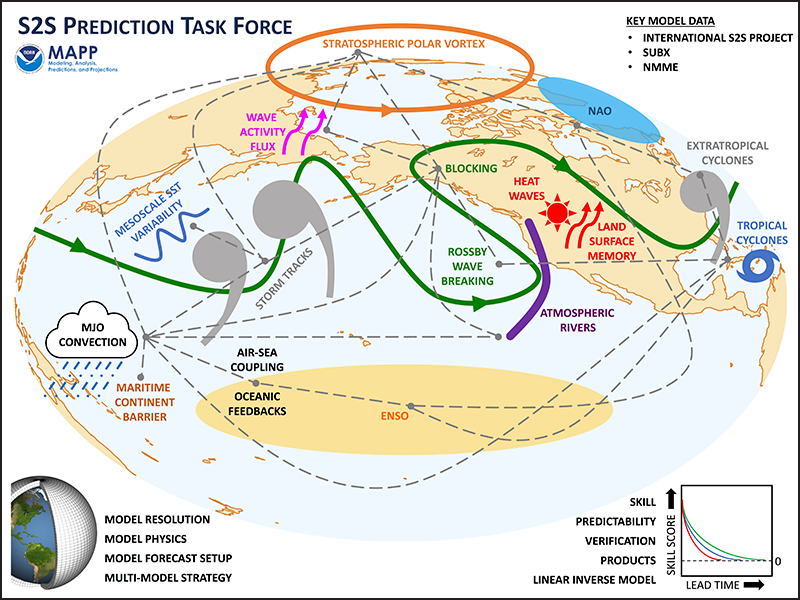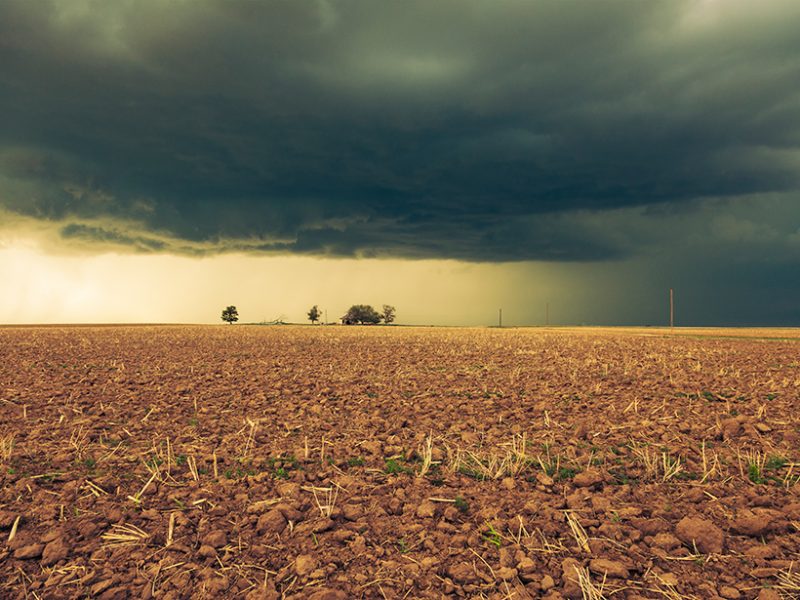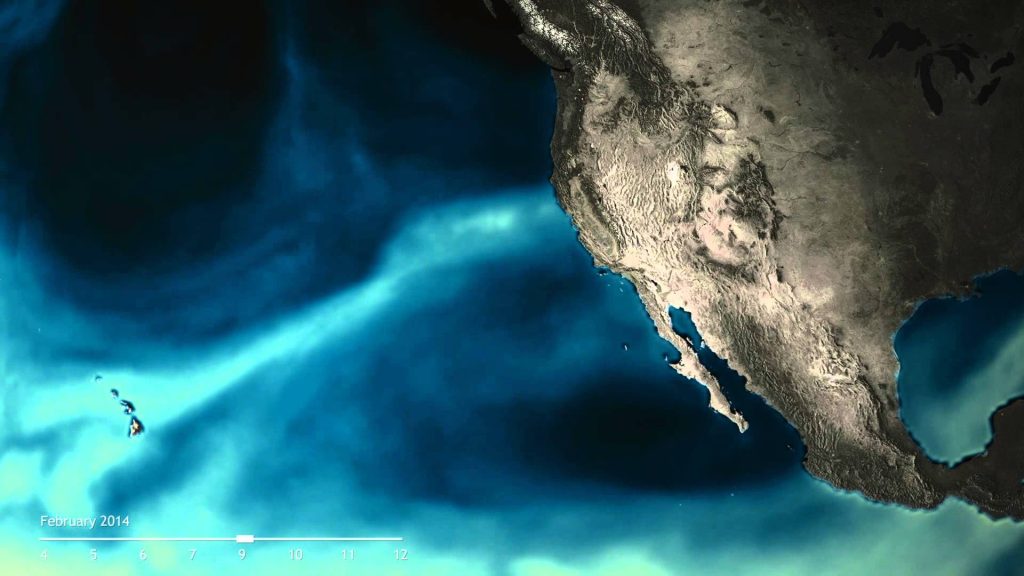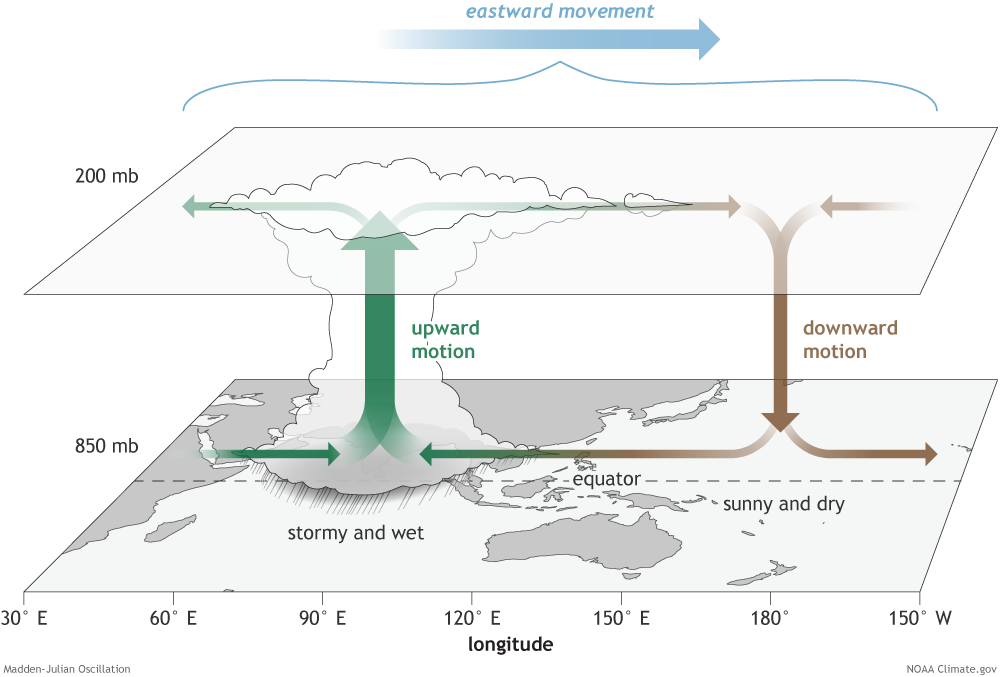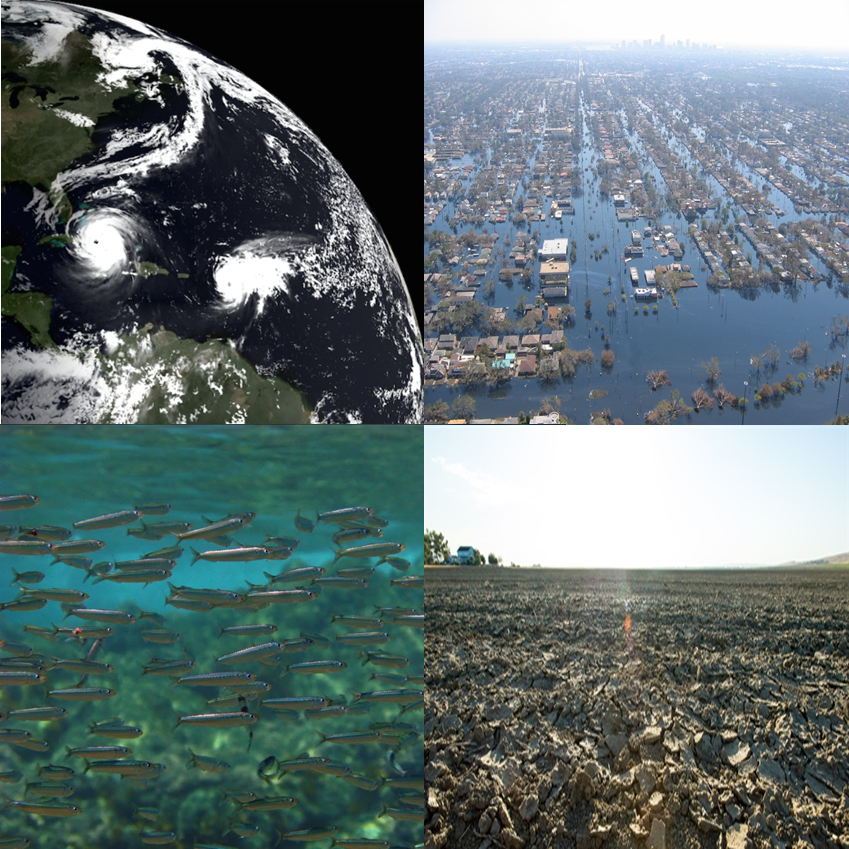Bridging the Weather-Climate Prediction Skill Gap with a Multi-Model Experiment
Researchers have for years been working to tackle the subseasonal to seasonal (S2S) prediction problem to improve forecasts. The Subseasonal Experiment, SubX, is an interagency research-to-operations project designed to help tackle this problem. The results of the project were recently published in BAMS.
Bridging the Weather-Climate Prediction Skill Gap with a Multi-Model Experiment Read More »


